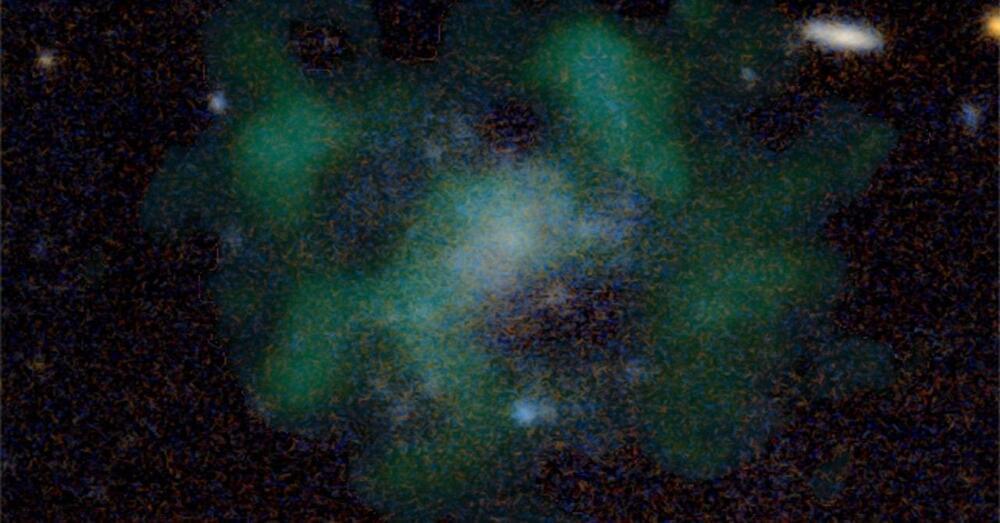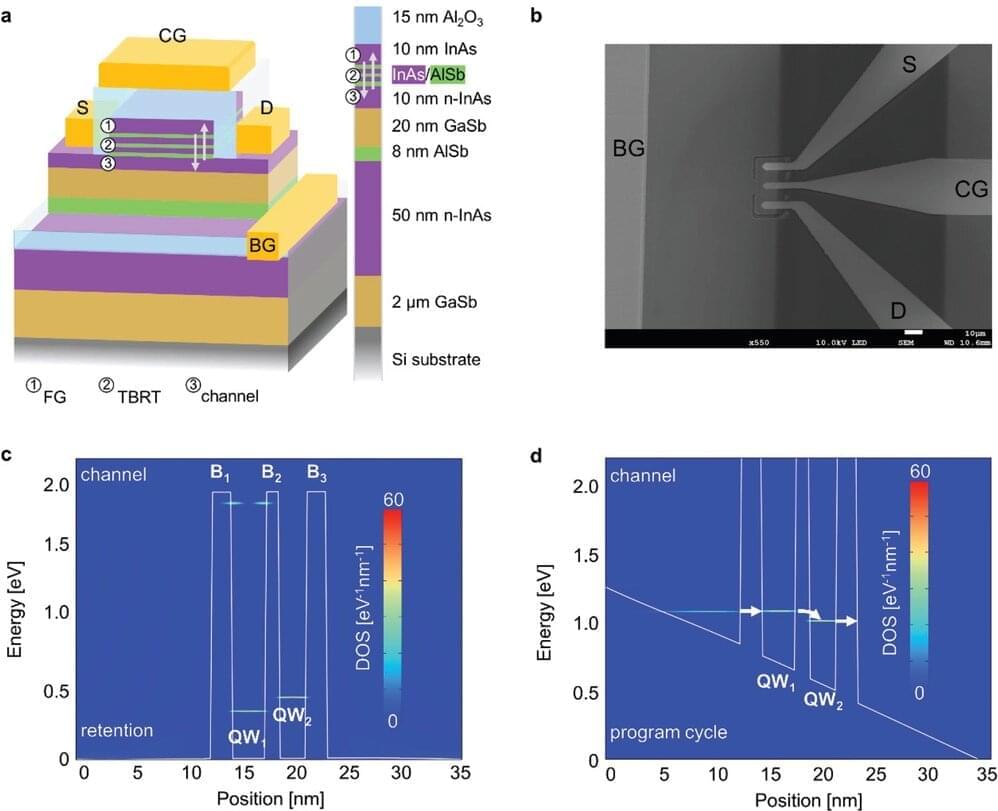SpaceX kicked off 2022 with a bang. CEO ELon Musk’s spaceflight firm launched a Falcon 9 rocket packed with Starlink satellites for its internet constellation.
Get the latest international news and world events from around the world.

Ruby Princess sparks Covid concerns after a dozen passengers reportedly test positive in US
Princess Cruises’ ship was at centre of 2020 outbreak in Sydney which resulted in over 900 cases and 28 deaths.
The Ruby Princess cruise ship sparked concerns about a Covid-19 outbreak in San Francisco after a dozen passengers were reported to test positive.
It is nearly two years since a Covid outbreak when the ship docked in Sydney resulting in over 900 infections and 28 deaths.


Giant dying star explodes as scientists watch in real time — a first for astronomy
Astronomers were first alerted to the star’s unusual activity 130 days before it went supernova. Bright radiation was detected in the summer of 2020 by the University of Hawaiʻi Institute for Astronomy Pan-STARRS telescope on Maui’s Haleakalā.
Then, in the fall of that year, the researchers witnessed a supernova in the same spot.
They observed it using the W.M. Keck Observatory’s Low Resolution Imaging Spectrometer on Maunakea, Hawai’i, and named the supernova 2020tlf. Their observations revealed that there was material around the star when it exploded — the bright gas that the star violently kicked away from itself over the summer.

Artificial Intelligence That Escaped Evolution’s Lab: Human
Originally published on Towards AI the World’s Leading AI and Technology News and Media Company. If you are building an AI-related product or service, we invite you to consider becoming an AI sponsor. At Towards AI, we help scale AI and technology startups. Let us help you unleash your technology to the masses.
Could a human be the very thing he feared?
In this article, we will see that human beings are actually an advanced artificial intelligence that escaped the engineering of evolution. The story of a disobedient species that rebelled against nature and evolution after gaining consciousness and general abilities.
Hypersonic missiles: The new arms race?
North Korea has said it’s successfully launched another hypersonic missile. But what are hypersonic missiles, and should we be worried?
Project Force presenter @AlexGatopoulos breaks it down.

Novel memory technology based on compound semiconductors
A pioneering type of patented computer memory known as ULTRARAM has been demonstrated on silicon wafers in what is a major step towards its large-scale manufacture.
ULTRARAM is a novel type of memory with extraordinary properties. It combines the non-volatility of a data storage memory, like flash, with the speed, energy-efficiency and endurance of a working memory, like DRAM. To do this it utilizes the unique properties of compound semiconductors, commonly used in photonic devices such as LEDS, laser diodes and infrared detectors, but not in digital electronics, which is the preserve of silicon.
Initially patented in the US, further patents on the technology are currently being progressed in key technology markets around the world.

This Tesla Model S P85 Just Surpassed 1,500,000 Kilometers
On January 6, 2022, a Tesla Model S P85 (the oldest performance version) reached an impressive mileage milestone of 1,500,000 km (932,256 miles).
The car is used in Germany by Hansjörg von Gemmingen — Hornberg, who is known in the EV world for setting the highest mileage records in Tesla cars.


‘Ocean battery’ targets renewable energy dilemma
A wind turbine sitting idle on a calm day or spinning swiftly when power demand is already met poses a problem for renewables, and is one researchers think can be tackled under the sea.
In one vision, offshore wind farms could use seawater to essentially store energy until it’s needed, helping wean humanity off fossil fuels.
“We came up with a solution that we call the ocean battery,” Frits Bliek, CEO of Dutch startup Ocean Grazer told AFP while showing off the system at the CES tech fair in Las Vegas.